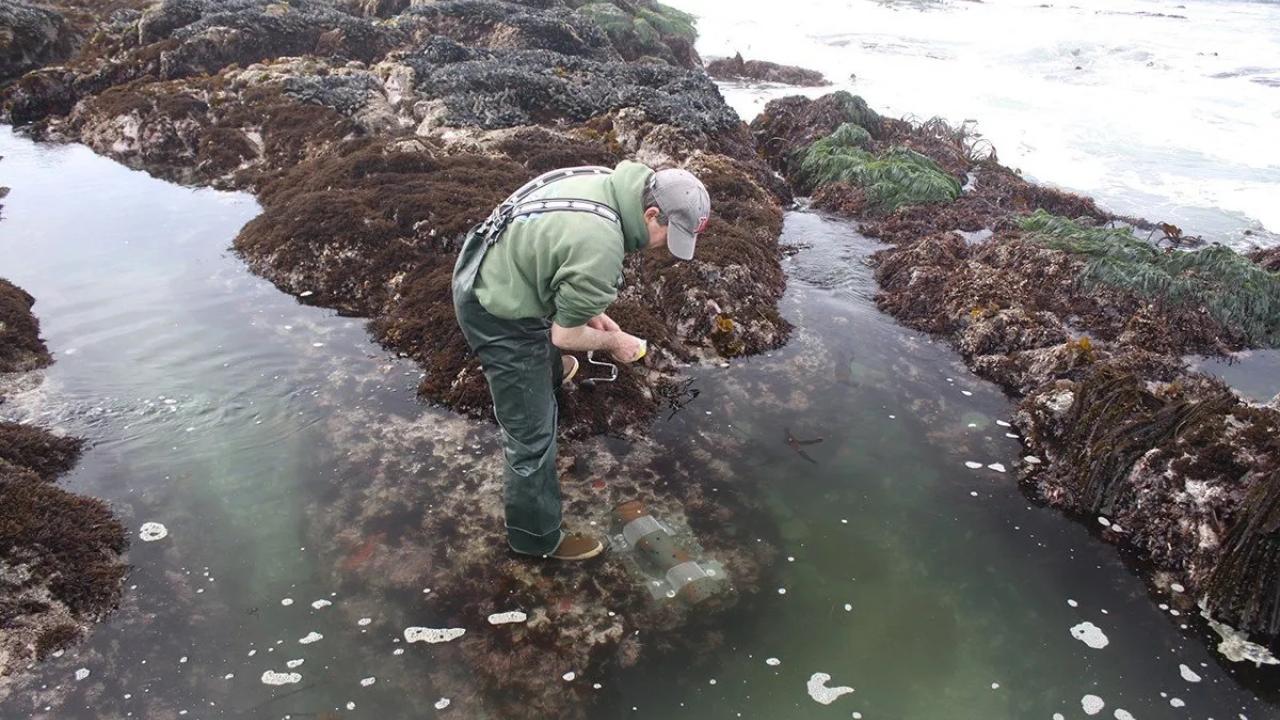
Science Helps Coastal Communities Prepare for Extremes
Mining Coastal Network Data to Benefit Communities
While the wettest storm season in California’s recorded history crushed roofs and swelled snowbanks in the Sierra Nevada, the state’s coastal communities suffered plenty of their own losses. The casualties included waterside businesses swamped by storm surges, fishing piers smashed by rising seas, and coastal roads collapsed by debris flows.
What’s worse, the extreme weather California experienced during the winter of 2022–23 is likely to become more common due to climate change. This means the hundreds of coastal communities situated along California’s coast will need to grapple with decades of climate-induced woes. These will include erosion from sea level rise, marine heat waves, harmful algal blooms, and declines in water quality due to flooding.
